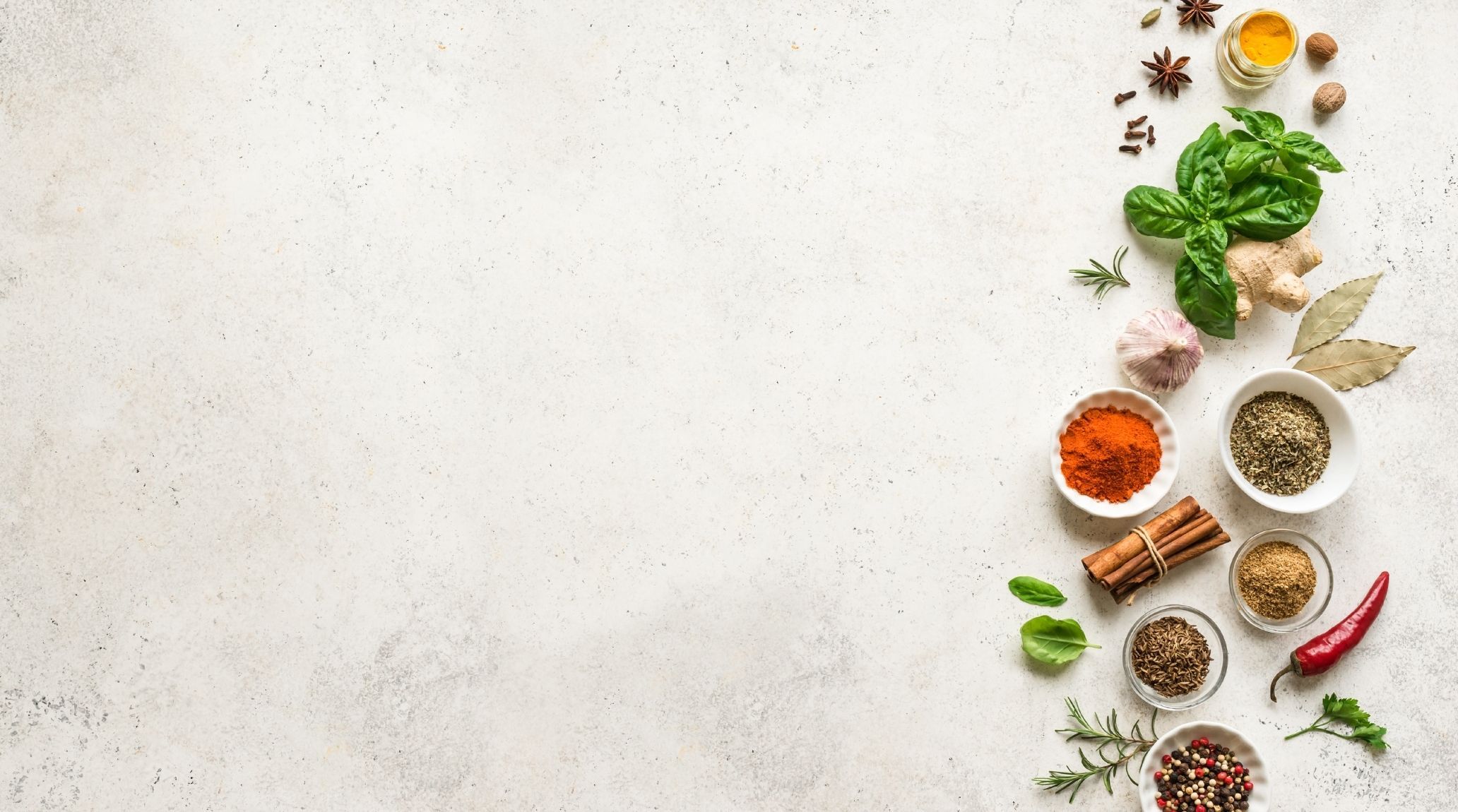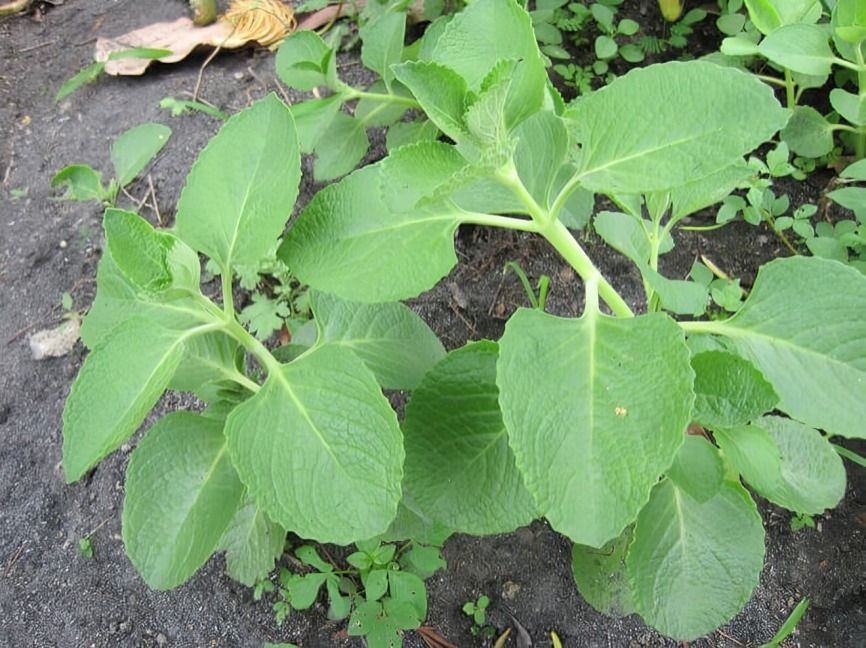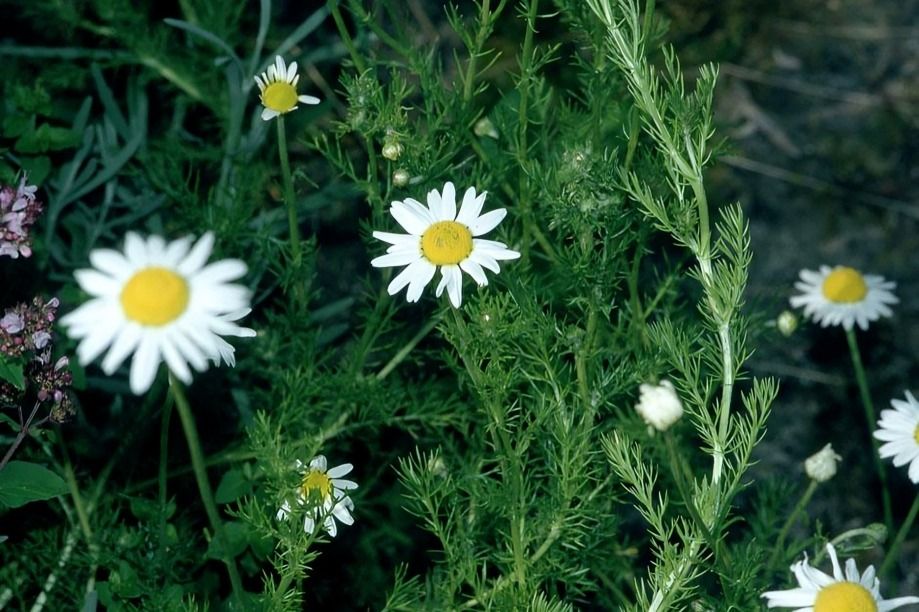
“
Herbs have been an essential part of human culture for centuries, offering a wealth of flavors, scents, and health benefits. In this blog, we explore 20 interesting facts about herbs that reveal their significance in cooking, medicine, and gardening. From the aromatic basil to the medicinal properties of sage, herbs enrich our lives in countless ways. Understanding these fascinating plants not only enhances your culinary skills but also opens the door to their potential health benefits. 1
1
1
1
”
Basil, often called the "king of herbs," not only enhances flavors but also boasts anti-inflammatory properties. In ancient times, it was believed to bring good luck and was used in sacred rituals in various cultures.1
Sage, known for its culinary uses, has been revered since ancient Greece as a symbol of wisdom. The phrase "How to sage" stems from its historical use in ceremonies to purify spaces and promote mental clarity.2
Rosemary is often associated with memory enhancement, as its aroma can stimulate cognitive functions. Ancient Greeks wore rosemary wreaths during exams, believing it would improve their memory and mental performance during critical moments.3
Several herbs, such as fenugreek, can boost calorie burning in the body. Incorporating these herbs into your diet may support weight management and enhance metabolic functions for overall health.4
Cilantro, or coriander, is a polarizing herb, with some loving its fresh flavor while others find it tastes like soap! This unique perception is due to genetic variations affecting how people perceive its taste.5
Parsley, a common garnish, is packed with nutrients and was considered a symbol of resurrection in ancient Rome. Romans used parsley to honor the dead and believed it possessed protective properties.6
The herb turmeric is renowned for its vibrant yellow color and medicinal qualities. Curcumin, its active compound, has powerful anti-inflammatory effects, making turmeric a staple in traditional medicine and modern health trends.7
Mint, known for its refreshing taste, has a long history of medicinal use. Ancient Egyptians used mint in their burial rituals, believing it would aid in the journey to the afterlife and provide comfort.8

Oregano, a popular pizza topping, contains antioxidants that may help fight bacteria and viruses. Its use dates back to ancient Greece, where it symbolized joy and happiness, often used in wedding ceremonies.
Herbs can enhance health and protect against diseases. For instance, cinnamon leaves help stabilize high blood sugar levels and boost blood circulation throughout the body, promoting overall wellness.9
Fennel, with its sweet anise flavor, has a history as a symbol of strength. In ancient times, athletes consumed fennel seeds for stamina, and it was believed to enhance physical performance and endurance.10
Thyme is more than just a culinary herb; it has been used since ancient times to ward off nightmares. Romans burned thyme in temples, believing it brought courage and was a source of spiritual protection.11
Lavender leaves are believed to promote breast growth in males, but there is no scientific evidence to support this claim. Consult a healthcare professional for accurate information on herbal remedies.12
Curry leaves, often overlooked in Western cuisine, are prized in Indian cooking for their unique flavor. They are rich in antioxidants and have been linked to digestive health, blood sugar control, and even heart health.13
Bay leaves, commonly used in soups and stews, have a fascinating history. They were once worn as crowns by victors in ancient Greece, symbolizing victory and achievement, leading to the term "bay laureate."14

Chamomile, renowned for its calming properties, has been used in herbal medicine for centuries. Ancient Egyptians honored chamomile as a sacred herb, believing it provided healing and relaxation, often using it in tea for sleep improvement.
Tarragon is celebrated for its distinct flavor and is often used in French cuisine. Interestingly, it has a history as an appetite stimulant and has been used traditionally to treat digestive issues.15
Borage, with its striking blue flowers, is not only beautiful but also edible! Historically, it was believed to provide courage and was used in various potions to uplift spirits and promote joy.16
Nasturtium, often overlooked in gardens, is edible and packed with vitamins. Its peppery flavor enhances salads, and its historical use as a medicinal herb includes treating colds and respiratory issues, showcasing its versatility.17
Garlic, known for its potent flavor, has been used for medicinal purposes for thousands of years. Ancient Egyptians revered it, believing it provided strength, leading to its use among laborers building the pyramids.18


